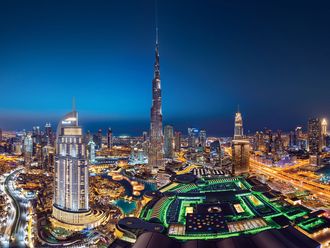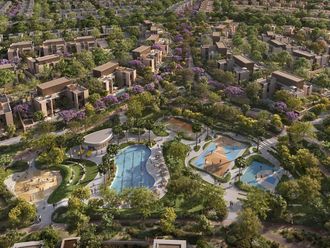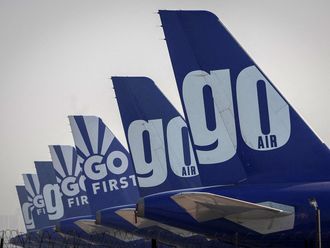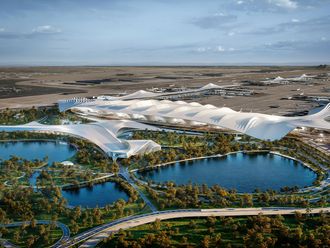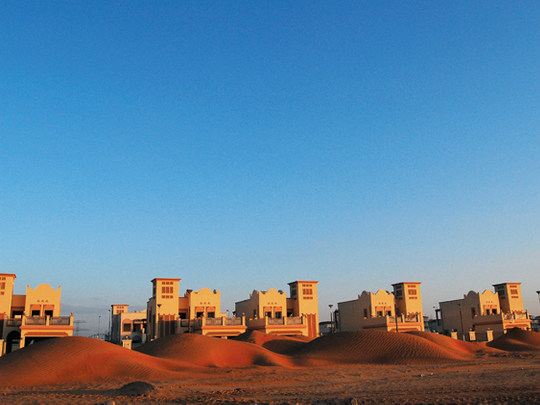
The Dubai ‘debt crisis' ended as suddenly as it began in December with an 11th hour rescue from Abu Dhabi. This came as a $10 billion support fund for Dubai, enabling Nakheel to meet its sukuk repayments. But where does that leave Dubai property in 2010? Has any lasting damage been done?
An old friend visiting at Christmas remarked that he was glad to see rumours of Dubai's demise had been somewhat exaggerated. And it's hard not to think that the international media bashing that Dubai received during the days of the ‘debt crisis' are not going to have some impact on buyer sentiment.
If anybody thought Dubai could bury its economic problems under the carpet, they have been proven wrong. But the problems of the real estate market have been real enough in 2009.
The sudden stop in the Dubai property boom in September 2008 led to prices tumbling by about 50 per cent. This crash has also left some 450 projects across the emirate abandoned with stalled construction projects a common sight - something also seen post-1998 in Asia following its regional financial crisis. Then there are the unpaid contractors' bills, and the debts left outstanding to banks whose willingness to lend in what later emerged as an obvious property bubble defied the laws of due diligence and credit evaluation.
Next step
Now the $22 billion (about Dh80 billion) debt restructuring ‘standstill' at Nakheel and Limitless is still a major issue overhanging the Dubai market, at least for the first half of the year. We do not know whether banks will agree to a rescheduling of loans or whether the newly published insolvency law will be brought into play to liquidate the companies. Clearly, if a giant realty company like Nakheel and the rather smaller Limitless were to be wound-up then this would have a major impact on the local real estate market. Presumably, it would result in a fire sale of assets. That would hit asset prices across Dubai. But it would also represent a clearing of the air and something of a new start for the market. As the dust settled and bargains were snapped up, the future might look a lot more straightforward.
Then again, an orderly rescheduling of Nakheel and Limitless debts in the context of a major reorganisation - and most probably a phased programme of asset sales - would also remove a major uncertainty overhanging the market at the start of 2010. And given Abu Dhabi's wish that this happens as a condition for the $10 billion support fund, it is the most likely outcome.
Other concerns
What also worries people about 2010 is that while Dubai World property companies might be the biggest debt problem, they are not alone. There is still the estimated $10 billion of debts accumulated at Dubai Holding, for instance (presumably, most of this is owed by the Dubai Properties Group).
There was a press announcement from the Dubai Properties Group at the end of December unveiling its new corporate strategy, and a strengthening of its core management team. But the proposed merger with Emaar Properties, first promulgated in the early summer, is definitely off and Dubai Holding is going to have to find another way to deal with the $1.9 billion (about Dh6.9 billion) in debt it has maturing in the first half of 2010. (Again, most of this likely being the maturing bonds of the Dubai Properties Group.) These bonds have slumped in value, despite the news of the Nakheel bond repayment, reflecting the market view that these debts may not be repaid in their current form. Then there are the true private sector developers, with no government affiliations. Bankers say the private sector is in better shape than the state-related companies, and this is a strength going forward.
Liquidity
However, there are still a plethora of smaller developers whose projects have stalled because they have run out of funds from the banks that have axed their credit lines.
For the Dubai property market to really get moving again, these projects either need new financing or need to be liquidated for eventual completion by a new owner. It is going to take some time for the authorities, lawyers and the marketplace to sort out this mess. And it is impossible to be very optimistic about the general outlook for unsecured creditors - mainly off-plan buyers and contractors - involved in these schemes. The good news for 2010 is that by the time we get to the end of the year, the position of the property market will be much clearer, both from the point of view of indebtedness and the future of the stalled projects. Unfortunately, the bad news is that the supply position is going to deteriorate over the course of the year as the vast amounts of property now still under development are completed. In Dubai, there are tens of thousands of new apartments, dozens of new office towers, hundreds of retail outlets and many new hotels due to flood the market.
The capital
Abu Dhabi is not as affected as Dubai because its construction boom began much later. Indeed, the very first apartments have only just been handed over to foreigners and, with the oil price pretty high, levels of demand in Abu Dhabi likely mean property will almost entirely avoid a further downturn in 2010. From a pricing perspective, supply and demand tend to support the more pessimistic views from UBS about a 20 per cent additional decline to come in Dubai in 2010, but something more like stability to modest price rises in Abu Dhabi.
For Dubai this is the classic boom to slump cycle of an emerging market with 2010 as the most difficult year when many players are forced to give up on the property market, although in later years it might well be seen to have been the best year to buy, particularly in special situations such as distressed sales.



